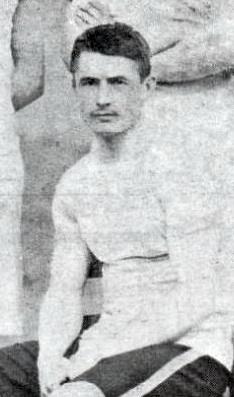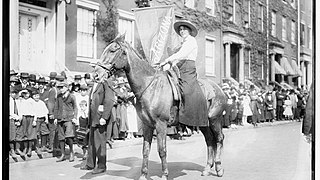Related Research Articles

The 1900 Summer Olympics, today officially known as the Games of the II Olympiad and also known as Paris 1900, were an international multi-sport event that took place in Paris, France, from 14 May to 28 October 1900. No opening or closing ceremonies were held.

Adolphe Jules Grisel was a French athlete and gymnast. He competed at the 1896 Summer Olympics in Athens.
Émile Adolphe Eugène Champion was a French track and field athlete, born in Paris, who competed in the early 20th century. He was a long-distance runner but specialized in the marathon and won a silver medal in Athletics at the 1900 Summer Olympics in Paris.

The Central African Republic competed at the 1988 Summer Olympics in Seoul, South Korea. This marked the third appearance of the nation at a Summer Olympics. The country entered 15 competitors, the highest number of Central Africans appearing at any Games so far; with the basketball team comprising 12 of them. In addition to the boxers Fidèle Mohinga and Moussa Wiawindi, there was marathon runner Adolphe Ambowodé, who had previously competed at the 1984 Summer Olympics. No medals were won by any of those athletes.

The Central African Republic competed at the 1984 Summer Olympics in Los Angeles, United States. It had been 16 years since the previous appearance of the nation at the Summer Olympics, when it made its debut at the 1968 Games in Mexico City, Mexico. The Central African Republic was represented by three athletes; marathon runner Adolphe Ambowodé and two boxers, Dieudonné Kossi and Antoine Longoudé. There were no medals won by the trio.
Jules Maria Adolphe Henri De Bisschop was a Belgian rower who competed in the 1900 Summer Olympics. He was a member of the Belgian club Royal Club Nautique de Gand and with his team, he won the silver medal in the men's eight.

Adolphe Klingelhoefer was a French track and field athlete who competed at the 1900 Summer Olympics in Paris, France, he also played rugby union.
Adolphe Lefkowitch was an American boxer who competed in the 1924 Summer Olympics. He was born in Newport News, Virginia. In 1924 he was eliminated in the second round of the middleweight class after losing his fight to Leslie Black.
Adolphe Ambowodé is an athlete from the Central African Republic. He represented his country at the 1984 and 1988 Summer Olympics.
Adolphe Cayron was a French cyclist. He competed in the men's sprint event at the 1900 Summer Olympics.
Adolphe Martignoni was a Swiss ice hockey player who competed for the Swiss national team at the 1936 Winter Olympics in Garmisch-Partenkirchen.
Adolphe Dumont was a Luxembourgian wrestler. He competed at the 1924 and the 1928 Summer Olympics.

Georges Charles Marie Adolphe Antony was a Belgian rowing coxswain who won a bronze medal in the coxed pair at the 1928 Summer Olympics. He also took part in the eight event, but his team failed to reach the final. He was born in Liège.
Pierre Thomegeux was a French fencer. He competed in the individual épée event at the 1900 Summer Olympics. In the first round he didn't qualify for the quarter-finals. His brother Adolphe Thomegeux was also a fencer who competed in the individual épée event at the 1900 Summer Olympics.
Adolphe Groscol was a Belgian sprinter. He competed in the men's 100 metres at the 1928 Summer Olympics.

Adolphe "Adolf" Gaston Abel was a German architect. He competed in the 1928 Summer Olympics.
Adolphe Hauman was a Belgian athlete. He competed in the men's javelin throw at the 1920 Summer Olympics.
Adolphe Lamot was a Belgian wrestler. He competed in the men's Greco-Roman flyweight at the 1948 Summer Olympics.
Adolphe Mercier was a Swiss equestrian. He competed at the 1924 Summer Olympics and the 1928 Summer Olympics.

The movement for women's suffrage in Arizona began in the late 1800s. After women's suffrage was narrowly voted down at the 1891 Arizona Constitutional Convention, prominent suffragettes such as Josephine Brawley Hughes and Laura M. Johns formed the Arizona Suffrage Association and began touring the state campaigning for women's right to vote. Momentum built throughout the decade, and after a strenuous campaign in 1903, a woman's suffrage bill passed both houses of the legislature but was ultimately vetoed by Governor Alexander Oswald Brodie.
References
- ↑ Evans, Hilary; Gjerde, Arild; Heijmans, Jeroen; Mallon, Bill; et al. "Adolphe Osselaer Olympic Results". Olympics at Sports-Reference.com. Sports Reference LLC. Archived from the original on 18 April 2020. Retrieved 21 February 2019.